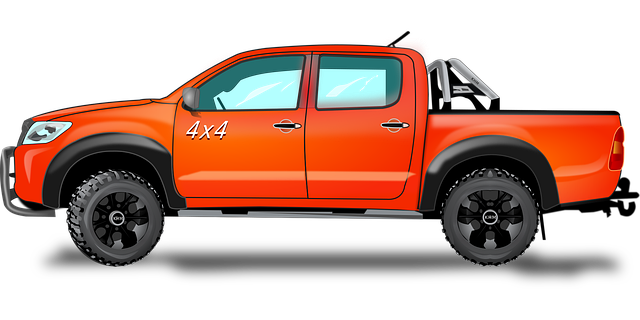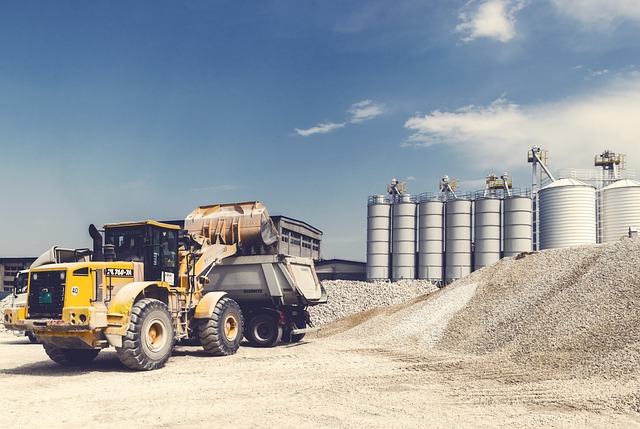Hitch balls, detailed in the Brownsville Fleet Truck Repair Manual, are essential connections for towing and hauling, offering various types and sizes with robust materials for strength and corrosion resistance. They cater to diverse towing needs, from heavy-duty permanent balls to detachable options. Selecting the right hitch ball involves considering vehicle weight capacity, hitch type, and operational needs. Installation requires adherence to manufacturer guidelines for secure attachment. Regular visual inspections, lubrication, and tightening are vital for maintenance; replacement of worn components is crucial for safety and efficiency. The Brownsville fleet Truck repair manual provides a comprehensive roadmap for managing these critical components.
“In the world of trucking and fleet maintenance, hitch balls are essential components that facilitate secure towing and hauling. This comprehensive guide aims to equip Brownsville fleet managers with a deep understanding of hitch balls. We’ll explore their fundamental role in truck repair and maintenance, offering insights into various types suitable for different needs. From installation tips to safety precautions, this article serves as your go-to resource for ensuring your Brownsville fleet operates smoothly and efficiently, leveraging the right hitch ball choices from your truck repair manual.”
- Understanding Hitch Balls: A Basic Overview
- The Role of Hitch Balls in Truck Repair and Maintenance
- Types of Hitch Balls: A Comprehensive Guide
- Selecting the Right Hitch Ball for Your Brownsville Fleet
- Installation and Safety Precautions
- Best Practices for Routine Maintenance and Troubleshooting
Understanding Hitch Balls: A Basic Overview

Hitch balls are essential components for towing and hauling, often featured in vehicle repair manuals like the Brownsville Fleet Truck Repair Manual. They serve as a crucial connection between your vehicle and the trailer or equipment you’re towing, ensuring a secure and stable attachment. These balls come in various sizes and types, each designed to accommodate different towing needs.
Understanding hitch balls involves grasping their fundamental purpose: to provide a robust and reliable link during transport. The standard hitch ball is typically made of durable materials like steel or chrome, offering both strength and corrosion resistance. Their design allows them to fit into the corresponding coupler on your trailer, creating a secure joint that can withstand various road conditions.
The Role of Hitch Balls in Truck Repair and Maintenance

In the realm of truck maintenance, hitch balls play a pivotal role, especially for those managing fleets like the ones in Brownsville. These components are integral to the overall repair and upkeep process, ensuring smooth operations on the road. A well-maintained hitch ball system is crucial for safe and efficient towing, a key aspect addressed in the Brownsville fleet truck repair manual. Regular inspections and timely replacements, as recommended by the manual, can prevent costly breakdowns and enhance safety during transportation.
The manual provides a comprehensive guide for mechanics and fleet owners to navigate the intricacies of hitch ball maintenance. By adhering to its guidelines, they can extend the lifespan of these parts, which are often subjected to rigorous use. This proactive approach to truck repair not only saves time but also contributes to the overall reliability of the vehicle, a priority for any well-managed fleet operation in Brownsville or beyond.
Types of Hitch Balls: A Comprehensive Guide

Hitch balls come in various types, each designed for specific needs and vehicle capabilities. For instance, the Brownsville fleet offers a diverse range catering to different truck sizes and towing requirements. One common type is the standard or permanent hitch ball, which is welded onto the trailer’s frame and rated for heavy-duty use. These are ideal for frequent and intense towing tasks.
Another variant is the detachable hitch ball, providing flexibility as it can be easily removed from the trailer when not in use. This type is often preferred by owners who tow infrequently or for lighter loads. For specialized needs, there are adjustable hitch balls that allow for height adjustments, accommodating various vehicle heights and towing configurations, especially handy when dealing with different truck models or load setups, such as those detailed in a Brownsville fleet Truck repair manual.
Selecting the Right Hitch Ball for Your Brownsville Fleet

When it comes to equipping your Brownsville fleet with hitch balls, the selection process demands careful consideration. The right hitch ball is not just about fitting your trucks; it’s about ensuring compatibility, safety, and efficiency for your Brownsville fleet operations. A comprehensive truck repair manual suggests assessing several factors, such as vehicle weight capacity, hitch type, and the specific needs of each fleet operation.
For instance, if your Brownsville fleet primarily deals with heavy cargo transport, a sturdy steel hitch ball designed for high-weight towing might be ideal. Conversely, lighter vehicles or those engaged in regular city driving could benefit from a more lightweight yet secure hitch ball. Referring to your truck repair manual can guide you in choosing the right fit, ensuring both the safety of your fleet and the smooth running of operations.
Installation and Safety Precautions

Installing a hitch ball is a straightforward process, but it’s crucial to follow the manufacturer’s guidelines and the instructions in your Brownsville fleet Truck repair manual for a secure fit. Before attaching any trailer or load, ensure the ball is tightly fastened to your vehicle’s chassis using the provided hardware. Double-check all bolts and nuts are tightened properly to prevent accidental detachment during transit.
Safety should be your top priority when using a hitch ball. Regularly inspect the connection for any signs of wear or damage. Keep weight distributions balanced as per the vehicle’s specifications to avoid uneven strain on the hitch system, which could lead to catastrophic failures. Always refer to your Brownsville fleet Truck repair manual for specific safety measures and regular maintenance routines tailored for your vehicle model.
Best Practices for Routine Maintenance and Troubleshooting

Maintaining and troubleshooting hitch balls is essential for any fleet, especially those in the transportation industry. To keep your hitch balls in top condition, it’s recommended to conduct regular visual inspections, checking for signs of wear, corrosion, or damage. According to the Brownsville fleet truck repair manual, replacing worn-out components promptly can prevent accidents and ensure smooth operations.
When troubleshooting issues, start with basic checks such as ensuring proper lubrication and tightening connections. If problems persist, consult a qualified technician who understands the intricacies of hitch ball systems. Following these best practices will help extend the lifespan of your hitch balls, promoting safety and efficiency for your fleet in Brownsville.
Hitch balls are essential components in maintaining a well-functioning Brownsville fleet, playing a significant role in truck repair and safety. By understanding the different types and their applications, selecting the right fit for your vehicles, and adhering to proper installation and maintenance practices, you can ensure your trucks remain reliable on the road. This comprehensive guide acts as a valuable resource for any Brownsville fleet manager looking to enhance their truck repair manual and optimize their operations.



